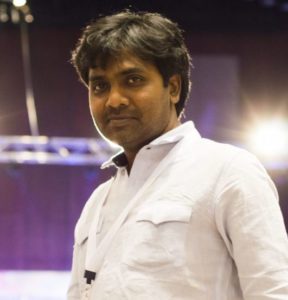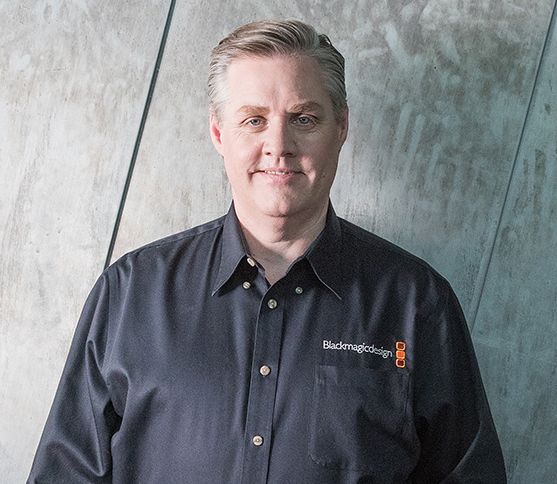Vijay Yalamanchili : The Founder of the Best Payroll and HR Software in India, ‘Keka’
We are often ambushed by many software companies in the market while searching for the best. Be it a tool for project management, your digital assistance, or an HR software, we often find ourselves in a huge dilemma. So, to reduce one of your conundrums, YourTechStory brings to you the flabbergasting story of Keka, the best HR software in India till date.
Vijay Yalamanchili, the founder of Keka, solely founded the company out of sheer disappointment and frustration from working with HR software not up to the mark. He found that the HR software available in the market have a very poor user interface, which leads to a substandard experience for both the HR and the employees. So, to contribute to the HR community of India, Yalamanchili built the software, Keka HR in 2015. Apart from HR software, Keka also has payroll software, applicant tracking software and much more.
Early Life and Career of Yalamanchili
Yalamanchili is mainly a product designer and architect by profession. He pursued his B.Tech in Electronics and Communication Engineering from JNTUH College of Engineering, followed by an MS from the University of Delaware.

After completing his MS, Yalamanchili started working with Microsoft in 2003 as a Software Development Engineer. He worked there only for three months.
In August 2006, he co-founded Fotolink Media, a visual image search platform used for product marketing by brands using mobile devices like mediums. It was one of the first mobile start-ups in India. He left the company after 4.5 years and founded Ramp India in 2006. The company was developed to provide solutions and build products for start-ups in India. After working in Ramp with a strong architectural team and delivering over 30+ products, Yalamanchili founded Technovert in July 2012. The zeal for excelling in the world of technology made Yalamanchili establish software solution companies one after the other. He co-founded Technovert with Sashi Pagadala. The company provides services in India, USA and Dallas.
By this time, Yalamanchili suffered enough with the HR software and founded Keka HR in 2015. It’s a Hyderabad based start-up which put a significant impact on the market when it got released, as it provided a better user experience to people.
Strategies to Outdo the Competitors
By the time Yalamanchili founded Keka, he was experienced enough to understand the major flaws in the other HR software. So, his main focus was on improving quality.
Yalamanchili’s first target was to make the user experience better because if the user experience degrades, after a point of time, it would ultimately ruin the brand name, which had already happened to all the other HR software out there.
Another major fault that Yalamanchili noticed in other HR software was the tracking of attendance. No existing software before Keka directly synced biometric devices to attendance log. Hence, it was very tiresome for the HRs to update it manually in the web browser. Keka got a very big bonus point by adding this feature. Though it took almost 1.5 years to build a software like this, it paid off well.
Keka also implemented well-designed security and privacy features that allowed the customer to get notified even if a Keka Customer representative is accessing their account. So, Keka itself also cannot sign in to customer’s account without their consent.
Instead of running behind more customers, Keka invested more time with its existing customers to improve their products until and unless it gave a smooth performance. It is very important to make the customers feel worthy and important because if they feel so, the scale will rise up automatically.
Success of Keka
It is nearly unbelievable that a company which acquired around 450 clients in less than a year is self-funded, given that Keka includes reputed clients like Godrej, Honda, Saavn and ClearTax. Keka is the recipient of the Hottest Start-up of Hyderabad Award and is in Top 3 in terms of bagging new customers with a comparatively smaller team with respect to its competitors.
Keka wanted to go old school, and hence, it tried becoming self-independent which turned out to be surprisingly successful. The company wanted to develop software with a touch of Indian style, and hence, they named it ‘Keka’ which means awesome in a native South Indian dialect. And, guess what? It just proved to be worthy of the name since the very first day.

Annasha Dey is an NIT student, who apart from studying engineering is also a content writer. She has a great interest in photography, writing, reading novels, and travelling as well. She is a foodie who loves socializing and hanging out with her friends. She is also a trained Kathak dancer and a big fashion enthusiast. Dey also loves watching TV series, which includes F.R.I.E.N.D.S. and Big Bang Theory. To be a better writer she prefers to read more





